Indian foreign policy is changing in response to Chinese challenge
India under PM Modi is charting new territory in a clear break from the past. Indian foreign policy has shifted its goalposts, both in style and substance, writes Amb Bhaswati Mukherjee (retd) for South Asia Monitor
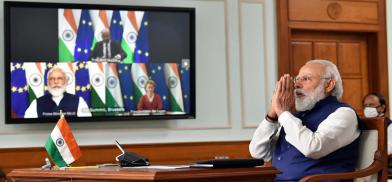
Even before Covid 19, earlier labelled the ‘Chinese virus’ by US President Donald Trump, hit an unsuspecting world, it was evident that a new world order was emerging led by a determined and crafty Xi Jinping. China's all-powerful president and supremo. The Belt and Route Initiative (BRI) was the first indicator of China’s determination to take over global leadership from a Wesr perceived to be in decline.
Taking advantage of a simmering trans-Atlantic dispute with an American president riding roughshod over his European Union allies and even questioning US funding of NATO, the gradual decline of the Russian Federation and a confused and messy quagmire in the Middle East, China was slowing changing its goalposts and its foreign and security policies.
The West compounded the problem by giving confusing and contradictory signals, on one hand ignoring Chinese human rights violations and the appalling treatment of its minorities and dissidents, and on the other establishing consultation mechanisms like the EU ‘17 plus 1’ grouping in a naive quest for joint economic bounty.
What could be the Chinese vision of this emerging world order? Though ruled by a Communist Party, China has always drawn inspiration from its glorious past and history, the Middle Kingdom and from traditional Chinese thought. When the Philippines took its dispute with China on the latter’s territorial claims in the South China Sea to the International Court of Justice (ICJ), China tried to establish sovereignty on the basis of old maritime maps. These claims were struck down by the ICJ. Under Chinese pressure, Philippines later changed its position.
Xi’s ideology is essentially driven by a hegemonistic and expansionist approach, militaristic in design, anti-democratic and un-liberal, based on the notion of racial superiority of the Han Chinese. From this perspective, it raises uncomfortable comparisons with certain ideologies and thought processes in Europe between the two World Wars. Fascism and the Nazi ideology are in many ways mirrored in Xi’s vision of the world order, with China as the centre of gravity. Democratic checks and balances, inherent in societies based on the rule of law, would be missing in a new era of Chinese hegemony. In Xi’s perception, the 21st century belongs not to Asia but only to China.
Unlike its neighbour India, a noisy and liberal democracy, with a multi-ethnic and multi-cultural heritage, China’s ruling elite remain contemptuous of both cultural diversity and multi-ethnicity. They are afraid of dissidence and intolerant of debate. Their world vision is based on the reverse of Western liberal thought that underpins the present world order. Chinese hegemony, some believe, would cover the major portion of South and Southeast Asia and Africa and would be free from Western influence and its liberal thought. It would be defined by the extent of subservience that a potentially vassal state can offer. Its best example being Pakistan.
China's global vision
Such an order would need to be built through a coalition of the like-minded, nuclear-weapon States or rule by ‘strongmen’, and vassal States on China's borders. Although it was Chanakya and not Confucius who had famously written that there could be only two kinds of neighbours, vassals or enemies, it seems that Xi has adopted this policy for China’s own neighbourhood. For Xi, India is a threat and an enemy and its rise must be thwarted in every way possible. A limited border conflict therefore cannot be ruled out.
The threat is not just on land-based but also from the sea. Unlike in the past, China now believes it is a major maritime power. Its aggressive posturing in the South China Sea is an ominous indicator for countries on the Indo Pacific, including India. It successfully bullied some ASEAN members to stop reconnaissance and drilling operations in the South China Sea. Even Vietnam reportedly had to pay billions of dollars in compensation to European and UAE companies after it stopped drilling operations within its own territorial waters in the South China Sea. There are unconfirmed reports that the Indian ONGC’s joint venture with Russia’s Rosneft has been abandoned due to Russian tilt towards supporting China on its approach to the South China Sea.
Xi understood through his several meetings with PM Narendra Modi that India has altered and reset our foreign policy goals to reflect its new strategic paradigms. This thinking is contrary to Xi’s vision of India’s place in the world. Xi is trying to build a broad anti-Western, anti-democratic and anti-liberal alliance with Russia. Xi hopes that Turkey will join this grouping. Iran would be encouraged to join with the help of Russia. The alliance would include vassal states like Pakistan and now Nepal. The BRI was intended to divide the West and facilitate China’s rise at the head of this broad coalition. In such a potential strategic alliance, India is perceived as allied with USA and Japan and an enemy to be bullied, thwarted and brought down.
In such a scenario, the Indo Pacific could become a new strategic imperative for India. It is marked by a precarious geometry of faultlines and strategic mistrust and could be the centre of the next ‘Great Game.’ India along with other major powers, notably USA, Japan and Australia, are part of a new strategic grouping called the Quad. When India engages within the so-called Quad, it enhances its strategic autonomy vis-à-vis China. As the balance of power in the Indo-Pacific undergoes a dramatic shift, India’s assessment of this balance and its actions will be crucial to preserving its strategic balance in this vortex of shifting power balances in emerging world order.
A more 'aligned' foreign policy
India is finally moving towards a more ‘aligned’ foreign policy in line with its interests as an ‘emerging power’ and to counter China’s hegemonistic ambitions. Strategic autonomy has been re-defined as an objective to be attained through strengthened partnerships, especially with the USA. At a conference organized on 22nd July 2020 by the US India Business Council, India’s External Affairs Minister S Jaishankar underlined: “The USA really has to learn to work with a more multipolar world with more plurilateral arrangements, go beyond alliances with which it has grown up in the last two generations.”
The message could not be clearer. NATO, the familiar, all-weather Western military alliance, may not be adequate to balance or redress these new challenges to the existing global order. Turkey’s membership of NATO and its repositioning in an emerging anti-Western alliance led by China confronts the US and its Western allies with many difficult questions.
US Secretary of State Mike Pompeo’s response was immediate and reassuring, noting: “India is a rising US defence and security partner in the Indo-Pacific.”
These changes in foreign policy were inevitable given China’s rise and the challenges India faces on its northern frontiers and in defending its long coastline. It comes with the realization that India is not just a continental power but a great maritime power. India under PM Modi is charting new territory in a clear break from the past. Indian foreign policy has shifted its goalposts, both in style and substance. This transition has imbued Indian foreign policy with a certain amount of risk-taking, unlike the risk aversion of the past. India, from perpetually being a cautious power, is seemingly ready to take on a larger global role by being more nimble in playing the great power game.
The new global narrative on security and the continuation of the present world order would also depend on how emerging powers like India respond to this changed scenario. There really is no other choice for India. The 21st century must belong to Asia, not just to China.
(The writer is a former Indian ambassador. The views expressed are personal)




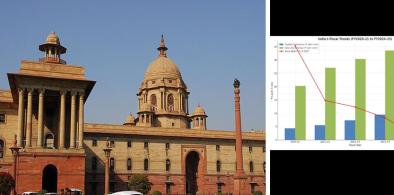

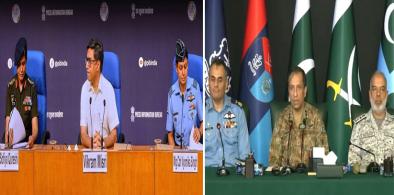
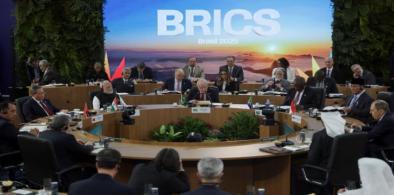
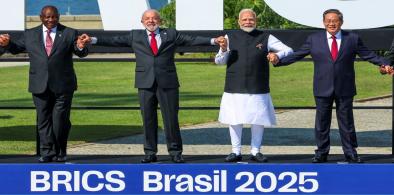
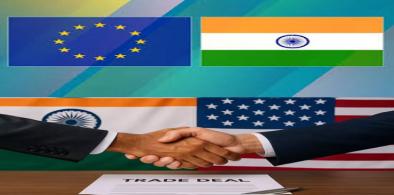

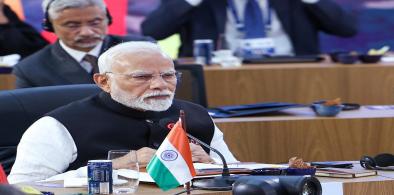

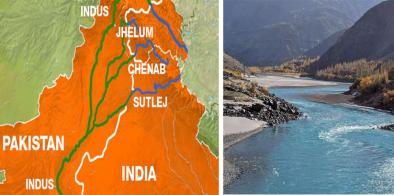






Post a Comment